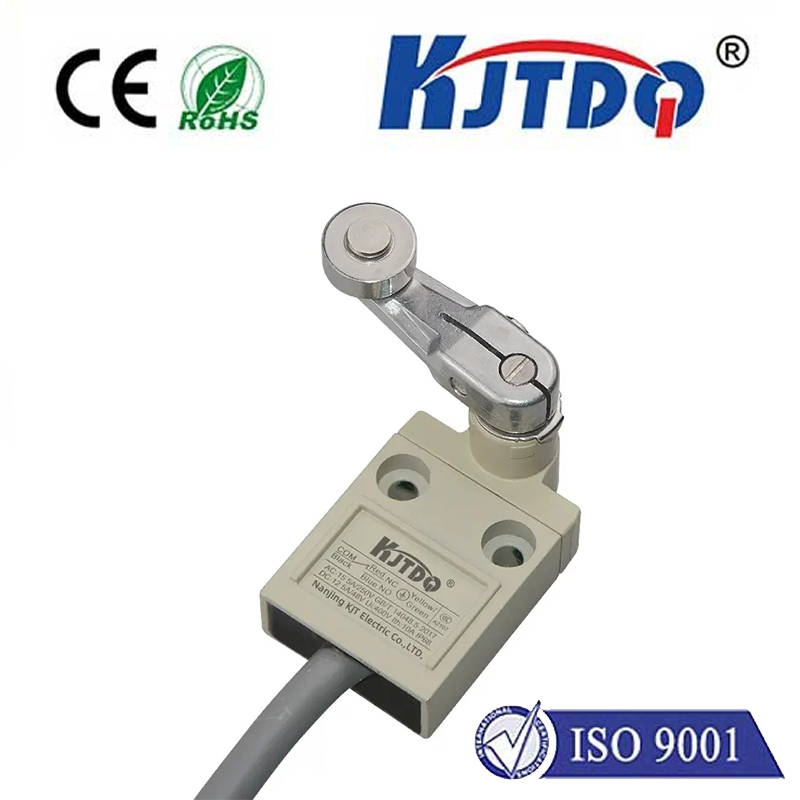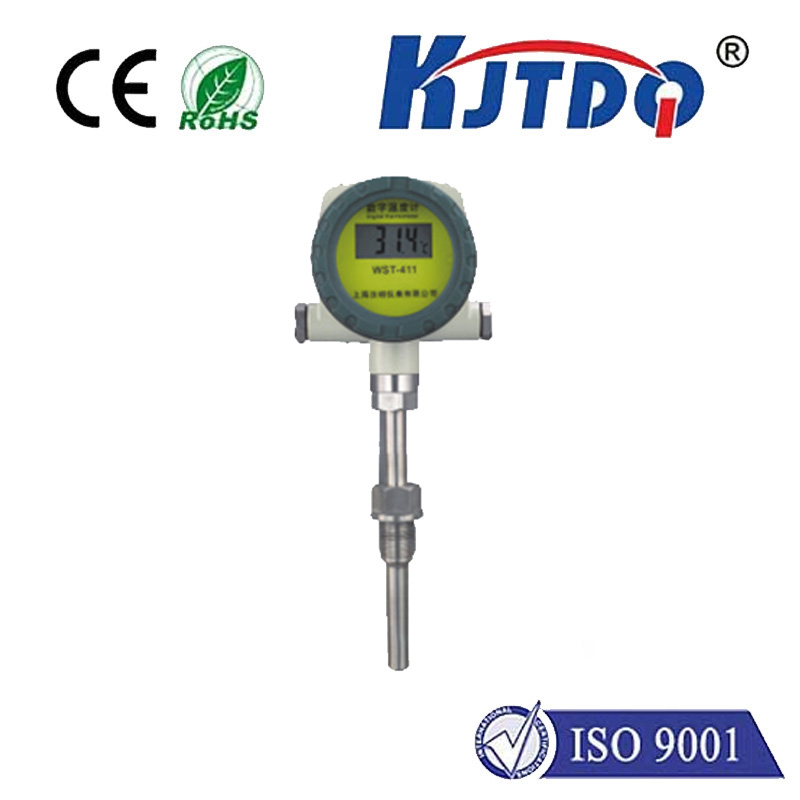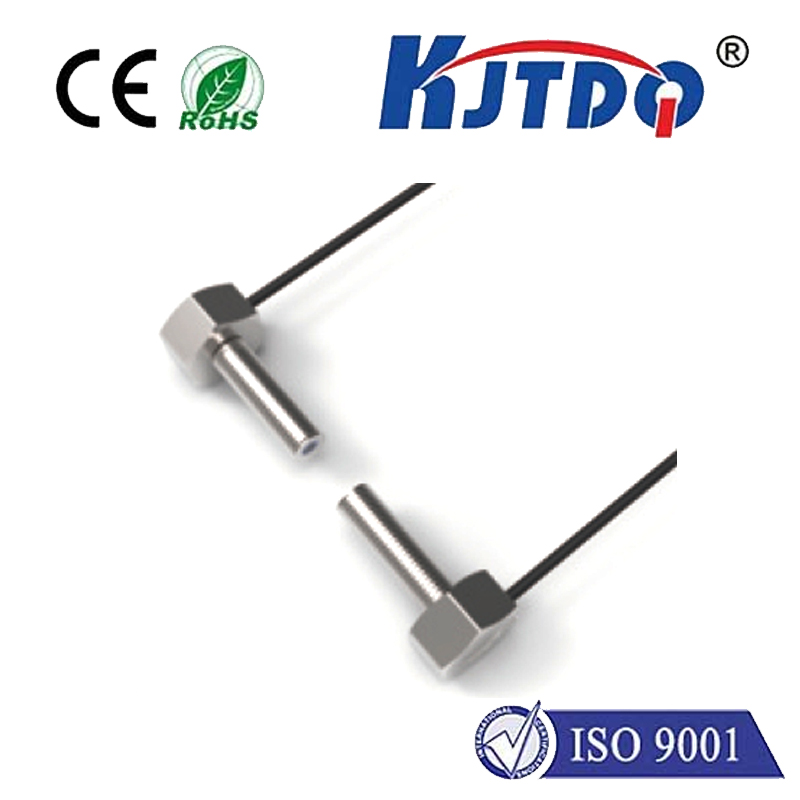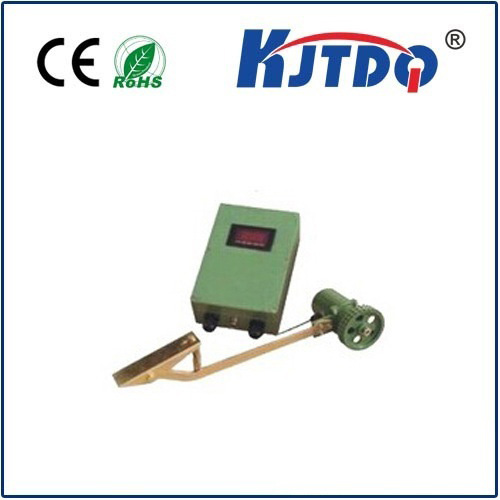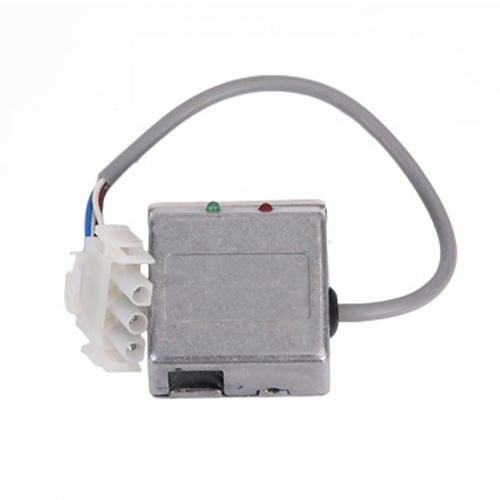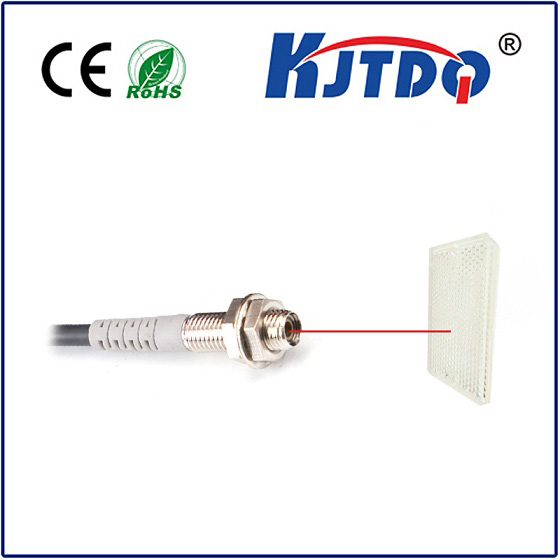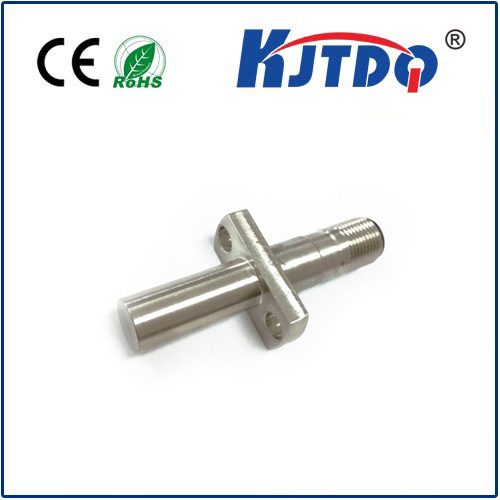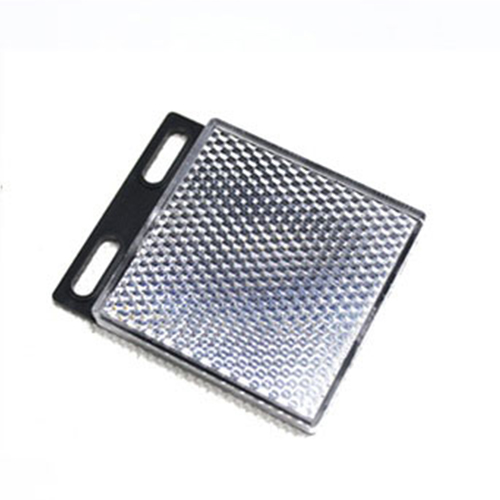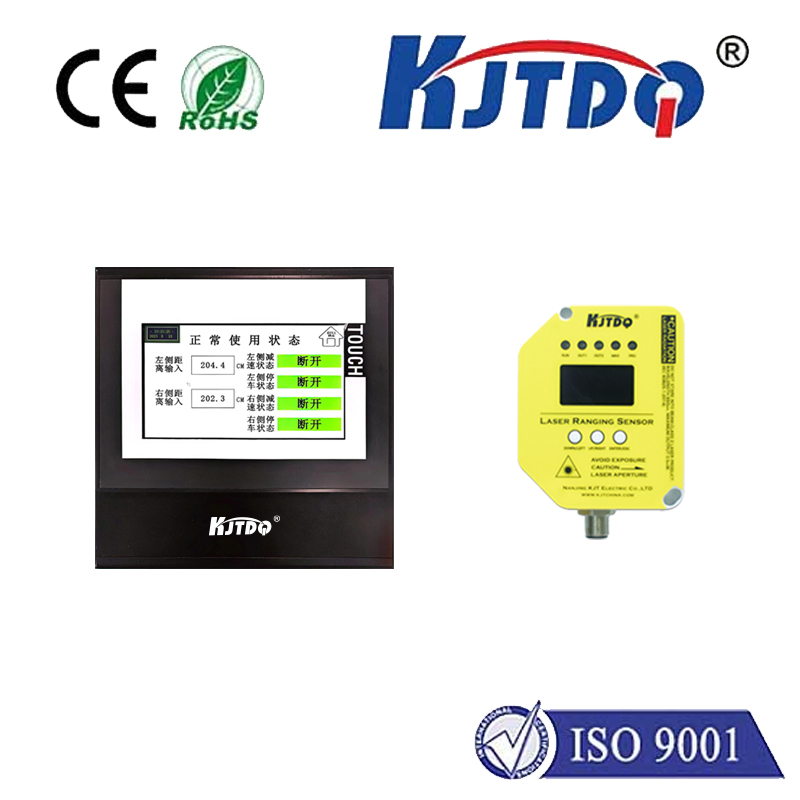ip proximity sensor
- time:2025-06-19 00:09:09
- Click:0
IP Ratings Explained: How They Ensure Proximity Sensor Reliability in Harsh Environments
Ever wondered why some proximity sensors thrive in dusty factories or wet washdown areas while others fail prematurely? The secret often lies in two small letters: IP. Understanding IP ratings is absolutely crucial for selecting proximity sensors that deliver consistent, long-lasting performance in demanding industrial settings. Forget complex jargon; this is about protecting your investment and ensuring your automation runs smoothly, no matter the environment.
Demystifying the IP Code: Your First Line of Defense
IP stands for Ingress Protection (sometimes interpreted as International Protection). It’s an international standard (IEC 60529) that defines how effectively an electrical enclosure, like that of a proximity sensor, resists intrusion from solid particles (dust, dirt, tools) and liquids (water, oil, coolants). Think of it as the sensor’s armor rating against its environmental enemies.
The IP code itself consists of “IP” followed by two digits (e.g., IP67, IP69K):

- First Digit (Solids Protection): Ranges from 0 (no protection) to 6 (complete dust-tight protection). For proximity sensors operating in industrial environments, IP6X (dust-tight) is often the minimum desirable standard, especially where fine particulates like flour, cement dust, or metal shavings are present.
- Second Digit (Liquids Protection): Ranges from 0 (no protection) to 9K (protected against close-range high-pressure, high-temperature water jets). Common ratings for demanding applications include:
- IPX4: Protected against splashing water from any direction (suitable for indoor areas with incidental moisture).
- IPX5/IPX6: Protected against water jets from a nozzle (IPX5) or powerful water jets (IPX6), common in general factory environments.
- IPX7: Protected against temporary immersion in water (up to 1 meter depth for 30 minutes), useful for sensors that might see flooding or deep cleaning submersion.
- IPX8: Protected against continuous immersion under conditions specified by the manufacturer, often deeper and longer than IPX7.
- IPX9K: The ultimate protection for washdown, specifically designed to withstand high-pressure, high-temperature steam cleaning jets common in food & beverage or pharmaceutical industries. This rating is critical for harsh sanitation protocols.
Why IP Ratings are Non-Negotiable for Proximity Sensors
Proximity sensors are the unsung heroes of automation, detecting the presence or absence of metallic or sometimes non-metallic objects without physical contact. They control processes, ensure safety, and provide vital feedback. However, their reliability directly impacts production uptime, quality, and safety. Here’s why IP matters:
- Preventing Contamination: Dust ingress can coat optical elements in inductive or capacitive sensors, leading to false signals or reduced sensing range. It can also interfere with mechanical components in limit switches. Solid protection (IP6X) is vital.
- Combating Moisture and Corrosion: Water ingress is a primary cause of sensor failure. It causes short circuits, corrosion of internal components and sensor faces, and electrical drift. Sensors with inadequate liquid protection quickly become unreliable or hazardous.
- Ensuring Long Service Life: Harsh environments accelerate wear and tear. A sensor with the appropriate IP rating for its operating conditions is inherently more robust and will deliver significantly longer service life, reducing replacement costs and downtime.
- Maintaining Process Integrity: A failed proximity sensor can halt a production line, cause machine damage, or lead to defective products. Choosing the right IP-rated sensor is fundamental to operational stability.
Matching IP Ratings to Your Application Needs
Selecting the correct IP-rated proximity sensor isn’t about picking the highest rating; it’s about matching the rating to the specific environmental threats the sensor faces. Consider these common scenarios:
- Moderate Indoor (Clean/Dry): IP54 or IP65 might suffice – protecting against dust and light splashes.
- Typical Industrial (Dusty, Oily, Occasional Splashes): IP67 is often the baseline standard. It provides excellent dust protection (IP6X) and protection against temporary immersion, handling incidental spills, washdown overspray, and heavy dust. This is arguably the most versatile rating for general factory floors.
- High-Pressure Washdown (Food & Beverage, Pharma): IP69K is essential. Sensors here face aggressive, high-temperature, high-pressure cleaning cycles. Standard IP67 sensors may not survive this punishment. Look for sensors specifically certified to IP69K with smooth, crevice-free housings designed for hygienic environments.
- Outdoor Applications: Require robust protection against dust and rain. IP65/IP66 offers good jet water protection, while IP67/IP68 provides immersion protection for sensors potentially exposed to flooding. UV resistance of the housing material also becomes critical here, alongside the IP rating.
Beyond the Rating: Implementation Best Practices
While the IP rating is your primary guide for environmental suitability, ensuring long-term reliability involves more:
- Correct Installation: Ensure the sensor is mounted according to manufacturer guidelines. Overtightening mounting nuts or using damaged seal surfaces can compromise the IP seal.
- Cable Gland Integrity: The cable entry point is a potential weak spot. Use properly specified and tightened cable glands with matching IP ratings. Strain relief is crucial.
- Material Compatibility: Verify the sensor housing and seal materials (like nitrile or FKM rubber) are compatible with chemicals, oils, or cleaning agents present in your environment. Chemical resistance is separate from the IP rating but equally important.
- Temperature Considerations: Ensure the sensor’s operating temperature range aligns with the environment. Extreme cold can make sealing materials brittle, while extreme heat can accelerate degradation.
Investing in Reliability Pays Dividends
Specifying a proximity sensor with the correct IP rating is not an added cost; it’s an investment in minimizing downtime, reducing maintenance headaches, and ensuring consistent process control. Understanding the meaning behind codes like IP67 and IP69K empowers engineers and maintenance teams to make informed decisions. In the relentless environment of modern industry, robust environmental protection isn’t a luxury – it’s the foundation for sensor performance and operational success. Take the time to assess your environment’s demands and choose an IP-rated proximity sensor built to withstand them.






